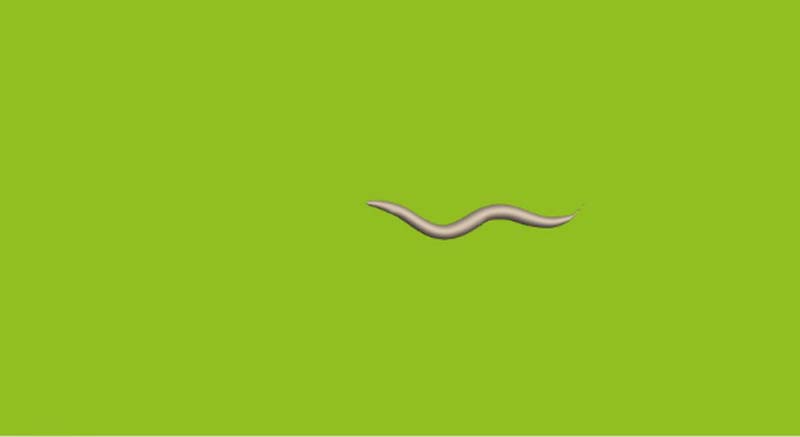London: In a first, scientists have ‘uploaded’ the nervous system of a worm on a computer, allowing the organism to live as a virtual avatar and even learn new tricks without human coding. The nematode C elegans is about one millimetre in length and is a very simple organism, researchers said.
It is the only living being whose neural system has been analysed completely. It can be drawn as a circuit diagram or reproduced by computer software, so that the neural activity of the worm is simulated by a computer programme.
Such an artificial C elegans has now been trained by researchers at TU Wien in Austria to perform a trick –
balancing a pole at the tip of its tail.
C elegans has to get by with only 300 neurons. However, they are enough to make sure that the worm can find its way, eat bacteria and react to certain external stimuli. It can, for example, react to a touch on its body. A reflexive response is triggered and the worm squirms away.
When this simple reflex-network is recreated on a computer, then the simulated worm reacts in exactly the same
way to a virtual stimulation – not because anybody programmed it to do so, but because this kind of behaviour is hard-wired in its neural network. “This reflexive response of such a neural circuit, is very similar to the reaction of a control agent balancing a pole,” said Ramin Hasani, from TU Wien.
This is a typical control problem which can be solved quite well by standard controllers: a pole is fixed on its
lower end on a moving object, and it is supposed to stay in a vertical position. Whenever it starts tilting, the lower end has to move slightly to keep the pole from tipping over. Much like the worm has to change its direction whenever it is stimulated by a touch, the pole must be moved whenever it tilts.
Researchers wanted to find out, whether the neural system of C elegans, uploaded to a computer, could solve this problem – without adding any nerve cells, just by tuning the strength of the synaptic connections. This basic idea – tuning the connections between nerve cells – is also the characteristic feature of any natural learning process.
“With the help of reinforcement learning, a method also known as ‘learning based on experiment and reward’, the
artificial reflex network was trained and optimized on the computer,” said Mathias Lechner from TU Wien.
“The result is a controller, which can solve a standard technology problem – stabilizing a pole, balanced on its tip. But no human being has written even one line of code for this controller, it just emerged by training a biological nerve system,” said Radu Grosu, from TU Wien. The team is going to explore the capabilities of such control-circuits further.
PTI

